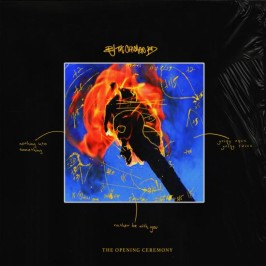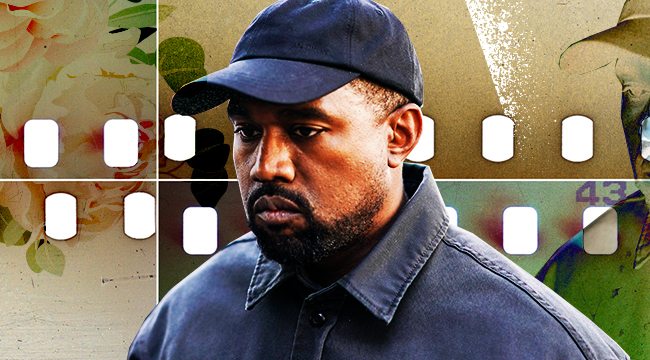
If there’s a piece of artwork or photo that you absolutely must use, make sure to get the permission of the copyright holder in writing. Here is an illustration: if you were to use a picture of Jay-Z on your next album cover without permission, the photographer may have a claim for copyright infringement, and Jay-Z would also retain a claim for violation of the right of publicity.

This differs from violation of copyrighted materials because the claim is for the use of the person/likeness, not of the image itself. The most common way to get in trouble here is by using the legally protected name or likeness of another for commercial gain without consent. The right of publicity is essentially the right to control the commercial use of your identity and image. Likeness Rights: In addition to using a copyrighted work, you can also be sued for using someone else’s name, likeness, or personal attributes without permission (most often when used commercially). Finally, you can use images with certain types of “Creative Commons” protections, which, depending on the level of protection, may allow for use without consent. The second (and more applicable) option would be use of images and artwork from a stock image resource, either fee-based or free. This, however, is not likely to apply to your mixtape’s artwork or promo materials. First, as discussed above, under the Fair Use Doctrine of the copyright laws, it is permissible to use limited portions of a work (including quotes) for purposes such as commentary, criticism, news reporting, and scholarly reports. Of course there are ways to legally use someone else’s work without express permission. If a court finds that you’ve infringed on someone’s copyright, you can be held liable for statutory damages (between $750 and $30,000), actual damages and profits, or – in rarer circumstances – criminal penalties.
#KANYE FRESHMEN ADJUSTMENT MIXTAPE 3 LICENSE#
Infringement can also occur if you use the work beyond the scope of a license adapt an image without permission (called “art rendering”) or ask a photographer to identically recreate the image. Unless you have the artist’s expressed permission (called a “license”) to use his/her photo, painting, drawing, logo or digital image, you are violating the copyright laws.

Remember, no formal filing or paperwork is required for the existence of this protection: it is protected upon creation.

Like the audio and dialogue clips discussed above, artwork is likewise covered by copyright protection. The two most common legal issues you will face while designing artwork for a mixtape are related to copyright and “likeness” rights.Ĭopyright issues may arise if you use someone else’s artwork or photos in your mix’s artwork.
#KANYE FRESHMEN ADJUSTMENT MIXTAPE 3 MOVIE#
Just as with sampling music from another artist, sampling a line of dialogue from a movie is illegal without authorization. Movies & Television: Mixtapes often involve the use of audio clips from television or movies over tracks or as filler between tracks (or for use as comedic skits, intro/outros, etc). In addition, most record contracts contain provisions whereby the artist guarantees that all of the album material is original, and agrees to reimburse the label for all of its costs and legal expenses if an infringement suit arises. The Copyright Act states that any person who infringes a copyright willfully and for purposes of commercial advantage or private financial gain has committed a criminal offense.

An artist’s remedy for infringement is an injunction against further copying, actual damages, and recovery of the infringer’s profits, and/or statutory damages. Until the law changes, sampling remains illegal under the traditional theory of copyright protection. In determining fair use, several factors are generally analyzed, including: (1) the purpose and character of the use (2) the nature of the copyrighted work (3) the amount and substantiality of the portion taken, and (4) the effect of the use upon the potential market. Some have argued that the Fair Use Doctrine under the copyright law may accommodate rapid technological changes such as sampling. The U.S. Constitution (which authorizes copyright protection) and the Copyright Act were created well before the advent of digital sampling and, while sampling is not specifically prohibited by law, it has yet to be included as a defense to copyright prohibition. Original recordings are protected by copyright and if sampled without permission, there is an infringement of both the sound recording and the underlying composition. Music & Audio Clips: The Kanye West suit is based upon a fundamental understanding in the music industry: Unauthorized sampling is considered infringement and is illegal.


 0 kommentar(er)
0 kommentar(er)
